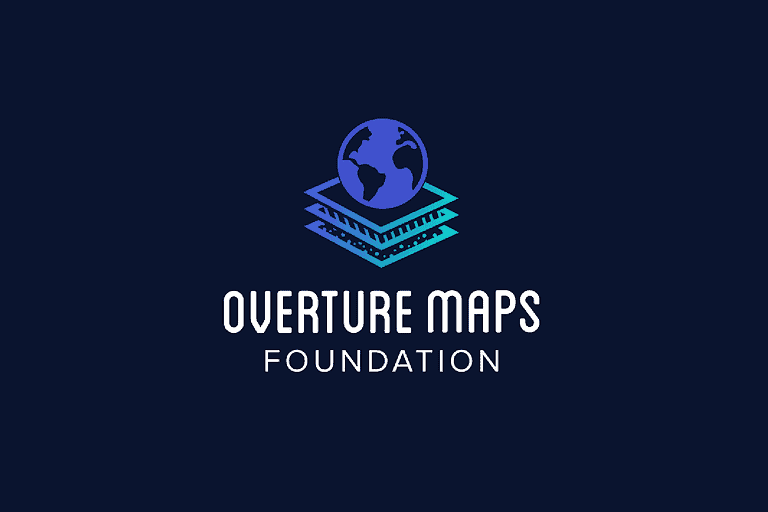The Overture Maps Foundation (OMF) has unveiled its first-ever global mapping dataset. Version 2023-07-26-alpha.0 comes with four layers of open mapping data: Places of Interest, Buildings, Transportation Network and Geopolitical Boundaries.
The partnership between AWS, Meta, Microsoft and TomTom, among others, combines data from many different sources to create a fully open-source and publicly available version of the Earth. The goal is to use this to enable various applications that all connect to a unified “digital twin” of the world.
Previously, OMF released a proof-of-concept that showed how it displays data on a relatively small scale, allowing developers to start thinking about applications. Now, they are clearly one step further with an example at scale.
Also read: Open mapping is the future, according to Overture Maps
The new release is an important step, according to executive director at OMF Marc Prioleau. “Anyone who works in mapping knows that the initial data is just the beginning; the ongoing challenge lies in maintaining the data amidst constant changes to meet user expectations. Overture plans to build a broad collaboration that can build and maintain an up-to-date, comprehensive database of POIs.”
Four layers
Specifically, this dataset is a step beyond a showcase, but it still mainly shows how OMF plans to display the data. Practical applications, anyway, will take some time to develop.
First, they touch on Places of Interest. It covers 59 million pieces of documentation about these places, from Meta and Microsoft. This so-called Places dataset is licensed under the CDLA Permissive 2.0, allowing free use.
In addition, it has now mapped more than 780 million buildings. It builds on data from OpenStreetMap, Microsoft AI-Generated building footprints and Esri. Incidentally, some of this technology can be recognized in the Azure-based generation of buildings that Microsoft Flight Simulator has on it. There, too, the Redmond-based tech giant was able to use AI training to figure out exactly where buildings were based on satellite imagery.
The OMF transport layer is based on OpenStreetMap. Previously, Overture Maps members were positive about this initiative, but complained about the data format chosen. Therefore, this layer has been adapted to an OMF format to integrate with the rest of the data.
There is also the so-called “Administrative Boundaries” dataset. This is data around boundaries and has been converted to 40 languages. Since this can be a hot topic, it is a challenge to display political boundaries as desired. For example, Google Maps shows a dotted line near Crimea, despite it still being placed with Ukraine after zooming out a bit.
More data
Director Prioleau points it out, but the challenge for OMF really only begins with the first datasets. There will be continuous demand for more and for newer data. Feedback can be provided by visiting Overture Maps on GitHub or emailing data@overturemaps.org.
